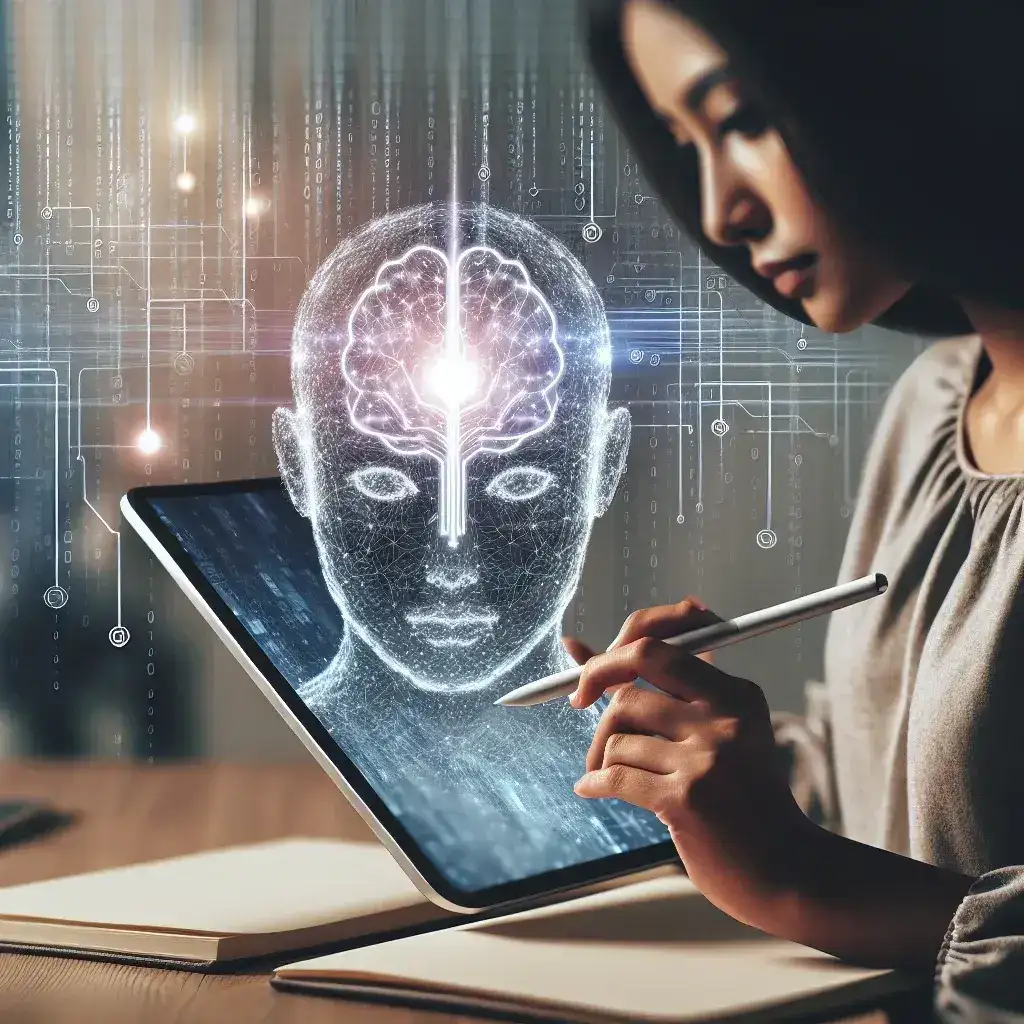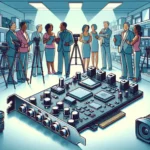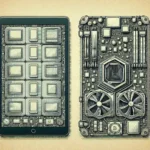The emergence of tablets with AI-enhanced palm rejection technology has revolutionized the digital writing and drawing experience. These advanced devices cater to writers, artists, and professionals who demand precision, efficiency, and a natural feel. How exactly do these tablets transform the writing experience?
Below, we break down the key elements:
| Features | Benefits |
|---|---|
| AI-driven Palm Rejection | Eliminates accidental inputs |
| Improved Precision | Enhanced writing and drawing accuracy |
| Natural Feel | Mimics traditional paper experience |
AI-Driven Palm Rejection Technology
One of the standout benefits of AI-enhanced palm rejection is its ability to discern between intentional and accidental touches. By using advanced algorithms, these tablets can evaluate multiple touch points, identifying which ones are palms or wrists and which are the stylus or pen tip. This distinction is critical for uninterrupted note-taking or artwork.
Improved Precision
Another advantage is improved precision. Traditional screens without AI enhancements often struggle with edge cases, where slight palm contact can lead to unintended marks or movements. AI-driven systems analyze patterns, determine user behavior over time, and predict movements. This leads to fewer mistakes and a seamless experience.
Examples of AI-enhanced Tablets
- iPad Pro with Apple Pencil: Renowned for its advanced AI algorithms, the iPad Pro provides unmatched precision and palm rejection.
- Samsung Galaxy Tab S7: Samsung’s integration of AI in their S-Pen technology leads to fluid and accurate responses.
- Microsoft Surface Pro: With its refined AI integration, the Surface Pro ensures that artists and writers experience minimal latency and maximum accuracy.
Natural Feel
AI-enhanced palm rejection isn’t just about precision; it also focuses on providing a natural feel. Tablets are designed to closely mimic the sensation of writing or drawing on real paper. The smart algorithms adjust to pressure sensitivity, tilt angles, and varied touch intensities, creating an intuitive, paper-like experience.
The Impact on Different User Groups
Writers
Writers benefit immensely as they no longer have to worry about their palm resting on the surface while jotting down notes or drafting documents. The AI filters out any unintended touches, making the experience much more fluid and natural.
Artists
For artists, the precision and pressure sensitivity offered by AI-enhanced palm rejection is a game-changer. It enables fine detailing and longer strokes without interference, allowing for greater creativity and accuracy.
Students and Professionals
Both students and professionals find that these features enable more efficient note-taking and presentation preparations. The enhanced palm rejection ensures that lectures or meetings are captured flawlessly without any hitches.
Future Developments
As companies continue to innovate, AI-enhanced palm rejection will become even more sophisticated. Future developments might include customization options based on user preferences, even better integration with other AI technologies, and the ability to adapt to various writing instruments.
Conclusion
In conclusion, tablets with AI-enhanced palm rejection significantly improve the writing and drawing experience by eliminating accidental inputs, enhancing precision, and providing a natural feel. Whether you are a writer, artist, student, or professional, these advancements ensure a smoother, more enjoyable, and productive experience. As the technology continues to evolve, we can expect even greater innovations in this space.



